Transcending Traditional Fashion Discourse with Massimiliano Giornetti
|CLAIRE KORON ELAT
Having been turned into an inflated term used by “fashion gurus” on TikTok, “archive fashion” has lost its linguistic origin in the archive—something that builds long-lasting and permanent structures as opposed to fashion being a fleeting condition that focuses on what is currently trending.
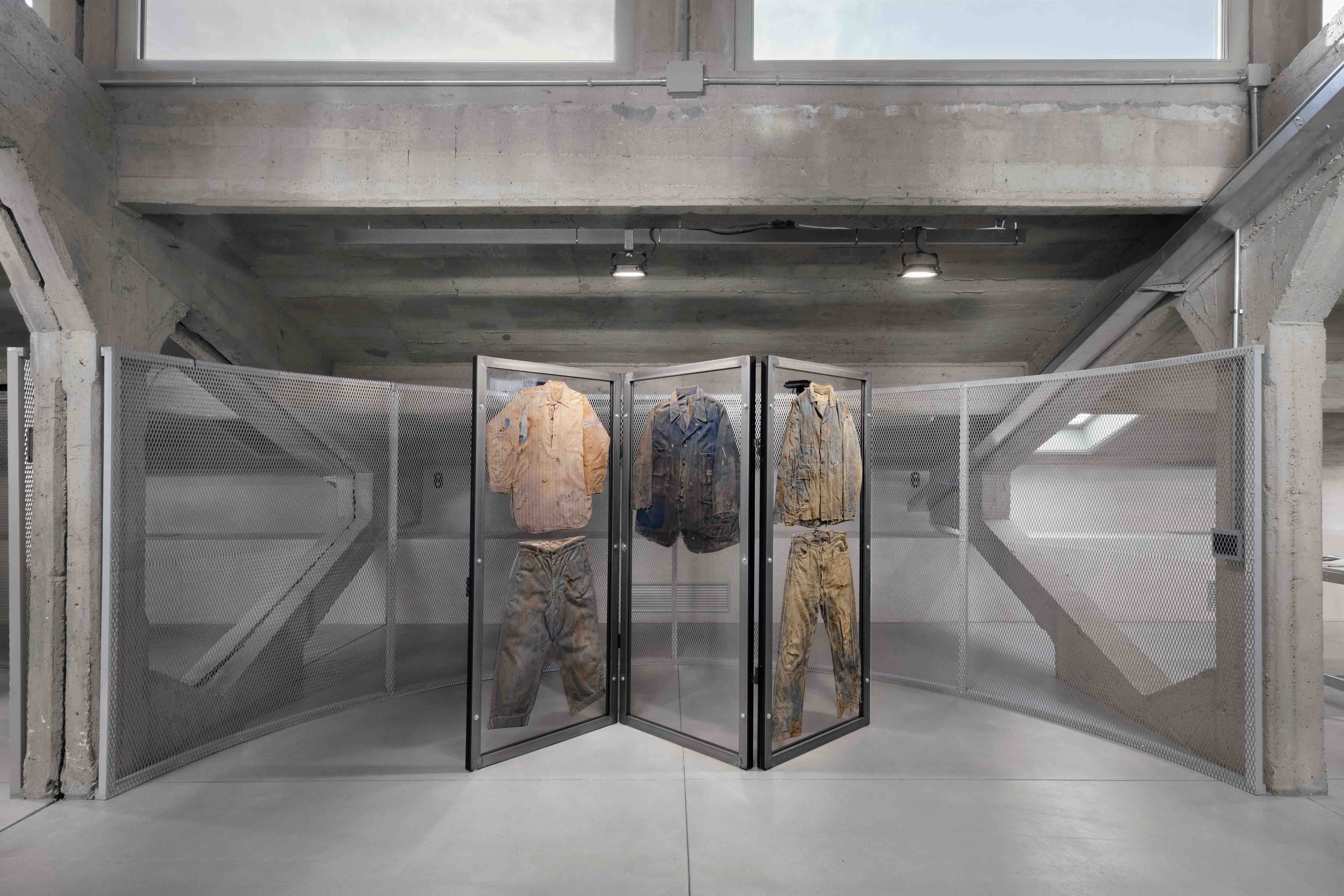
Installation view of Polimoda “blue r/evolution,” Florence, AN/ARCHIVE, 2024. Photo: Agnese Bedini and Melania Dalle Grave
As part of Polimoda’s AN/ARCHIVE initiative in Florence, the exhibition “blue r/evolution” utilizes fashion archives to investigate the cultural, social, and anthropological evolution of denim and the color blue, while also exploring how garments can reflect and redefine social narratives. In conversation with Claire Koron Elat, the exhibition’s curator, director of Polimoda, and former creative director of Ferragamo (2004–2016), Massimiliano Giornetti, discusses transcending traditional fashion discourse, Loro Piana’s denim collection, and how historic archives can be used for contemporary fashion.
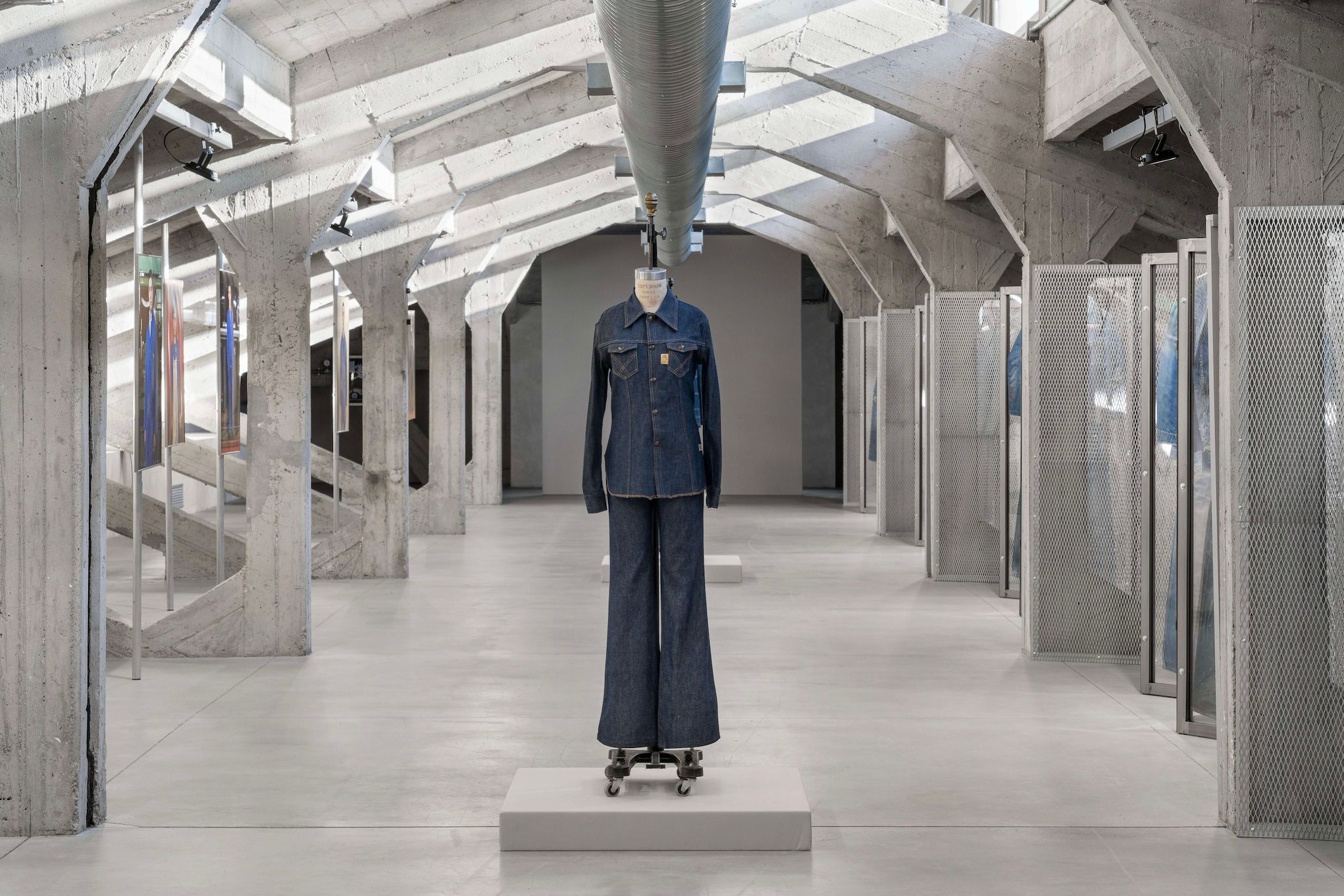
Installation view of Polimoda “blue r/evolution,” Florence, AN/ARCHIVE, 2024. Photo: Agnese Bedini and Melania Dalle Grave
CLAIRE KORON ELAT: “blue r/evolution” addresses how material and color can contain complex social shifts. Denim’s intricate history, for instance, is situated in the working class and social movements. What were the origins of curating this show?
MASSIMILIANO GIORNETTI: My first interest was to read about the five pockets and how they started as very simple pants for workers, especially for the miners in US. Then, people in the countryside started wearing them and it became the first genderless garment in fashion history. The exhibition is not only about the garment as a fashion object but also about the personality behind the people wearing it, like Robert Mapplethorpe in his 80s work.
There are also some very iconic garments, such as the first Lee pants and the first Levi’s jacket. You see the aesthetic evolution from the late 19th century to today, and it is still the same shape and silhouette. So, it’s fascinating to go from carpenters wearing these silhouettes to luxury houses like Loro Piana and Zegna producing workwear jackets.
The show is about the idea of garments being translated into the majority of fashion companies as a fashion element, that is in dialogue with its past. Nowadays, if we think about the most precious denim in the world, we of course think about the Japanese denim culture that is still dying them indigo. “blue r/evolution” is not a fashion exhibition, it’s more about the sociological meaning behind blue and its social representation. Blue used to be a noble color for the European aristocracy, and then evolved into becoming the symbol of the working class.
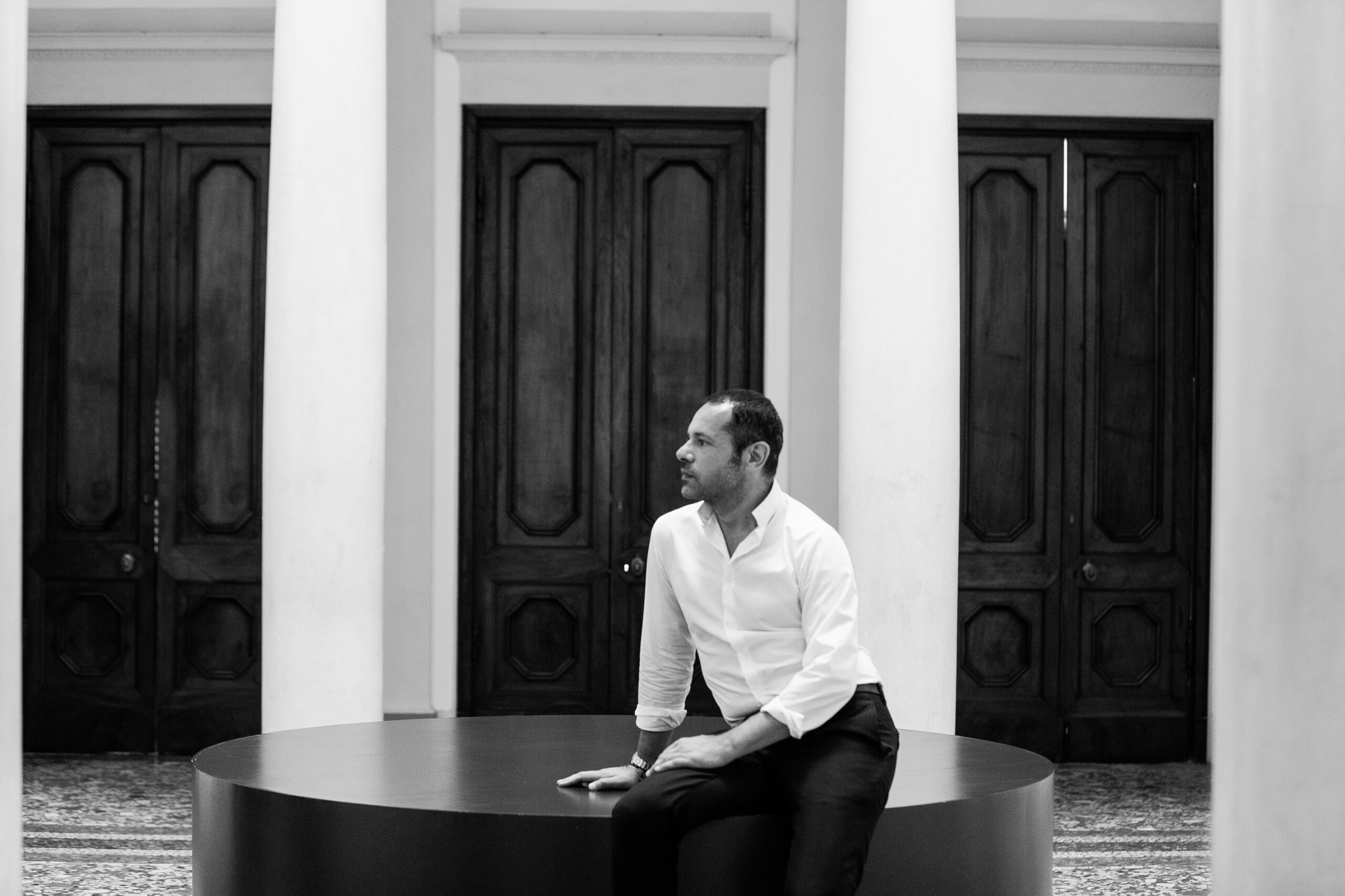
Portrait of Massimiliano Giornetti. Courtesy Polimoda
CKE: Today these kinds of sartorial codes that originally belonged to the working class have been appropriated by luxury brands as a sort of gimmick. What do you think about this development?
MG: In the 1940s, there was one of the most emblematic images that Hollywood ever delivered: James Dean in his white t-shirt and very tight blue denims, riding his motorcycling. The idea of denim has become a symbol of every generation. It’s like there is an imaginary link between different generations of young creative minds who use denim as a symbol of a rebellion I personally don’t associate this with appropriation. I instead consider it as a symbol of an evolution in the sense that fashion, I believe, has become anti-democratic due to its pricing. Today, fashion is limited to the exclusive use of very few people and it’s not really open for the public to use fashion as a form of expression. What is fascinating is how a very simple material has become a symbol of a transverse culture.
A few weeks ago, Loro Piana launched a denim collection. That’s, of course, a brand that you don’t really associate with denim. But then, there have been some iconic denim looks since Calvin Klein’s line in the late 90s that have become a relevant symbol of fashion. So, for me, it is more about the idea of belonging to a culture rather than about the appropriation of a sociological revolution. A very simple element has become a symbol of luxury.
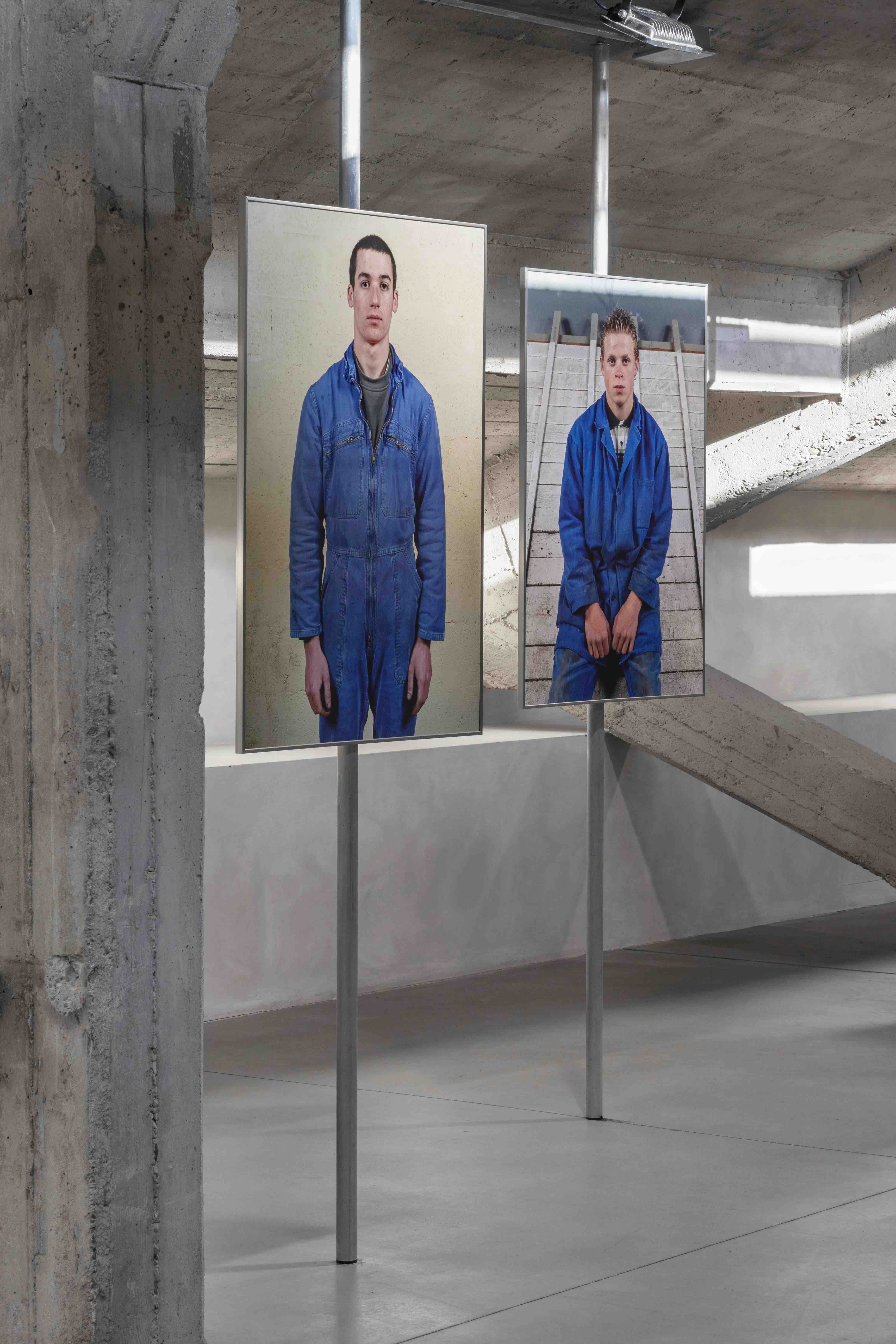
Installation view of Polimoda “blue r/evolution,” Florence, AN/ARCHIVE, 2024. Photo: Agnese Bedini and Melania Dalle Grave
CKE: And would you go so far as to say that, when denim is part of couture collections, it’s just part of an evolution within fashion?
MG: I believe so. This was also one of the original elements in this exhibition: creating a contrasting element between the simple idea of a work that ends up in a John Galliano for Jean Paul Gaultier couture collection. In the end, however, we decided to stick with a sociological and analytical approach. Nowadays, we treat denim as a material and not as a symbol of workwear or a symbol of certain kind of progress.
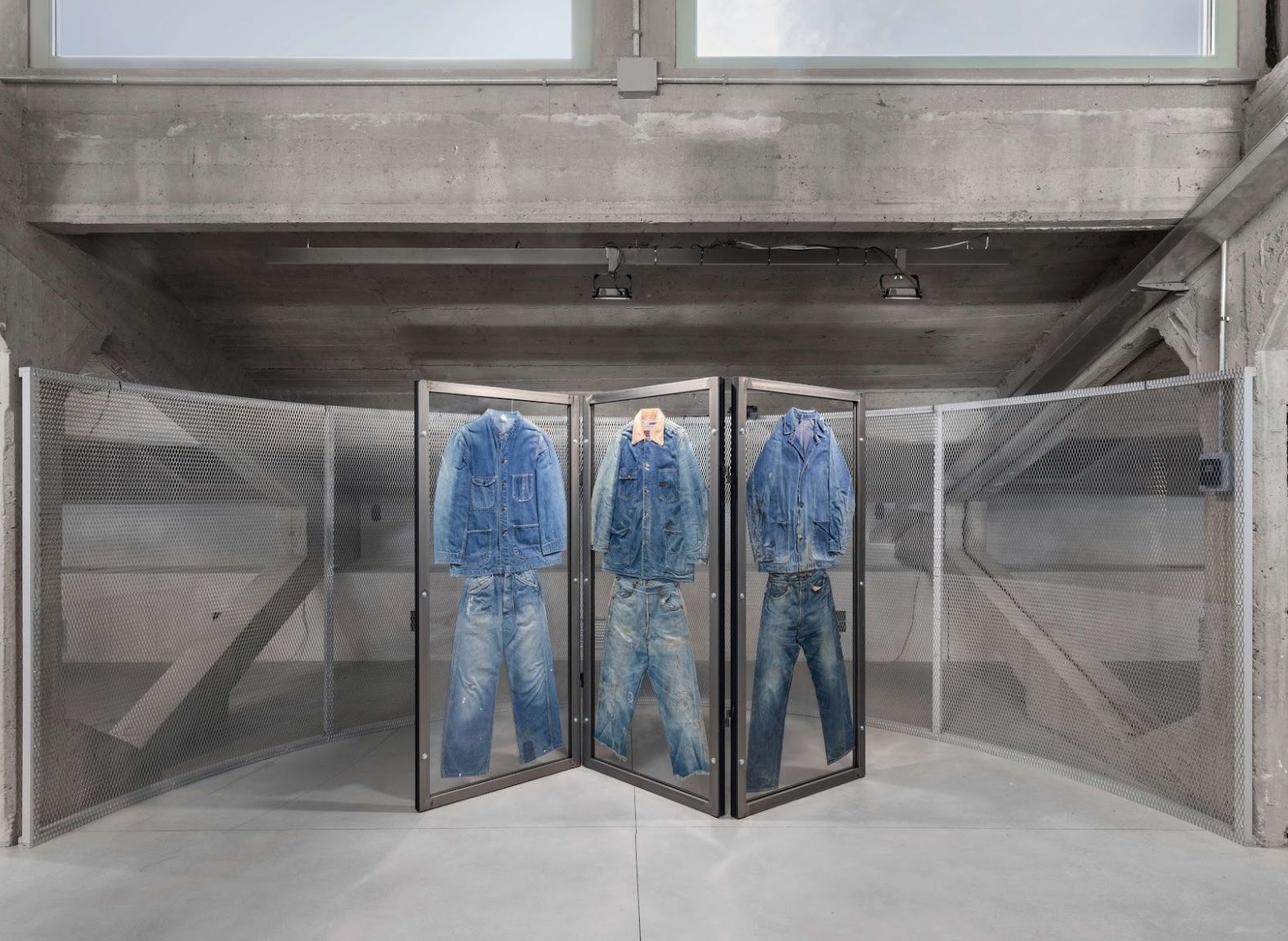
Installation view of Polimoda “blue r/evolution,” Florence, AN/ARCHIVE, 2024. Photo: Agnese Bedini and Melania Dalle Grave
CKE: You also work with the notion of the archive and there seems to be a dichotomy between contemporary fashion and its schedule as an accumulation of fleeting phenomena, trends, and fads versus the concept of an archive, museum, or library as something long-lasting and permanent.
MG: For us, it’s about thinking about an archive and creating a space dedicated to students that is open for fashion studies. We’re thinking about how much the archive is still a very closed space—like an anti-archive that is dedicated only to a very few. Normally, it’s a place of selection. It’s not a place of study. Think about the archive of Balenciaga or Dior. I worked at Ferragamo for 17 years, and the archive of Salvatore Ferragamo remained a very exclusive place that was not open to the public or for studies—even for me.
So, the concept mainly came from the fashion library, and that’s also the reason why we want to move the fashion libraries from the villa campus to this location here. Ideally, we want to create a unique space dedicated to study in which physical garments are in dialogue with the idea of research. I think it’s important right now to think about opening this space and widening the scope of the archive and not only limiting it to a few selected people, but also giving people the possibility to “go backstage.” That’s the mission of an archive or an anti-museum, a space that enables dialogue between artists, creators, and books and physical garments.
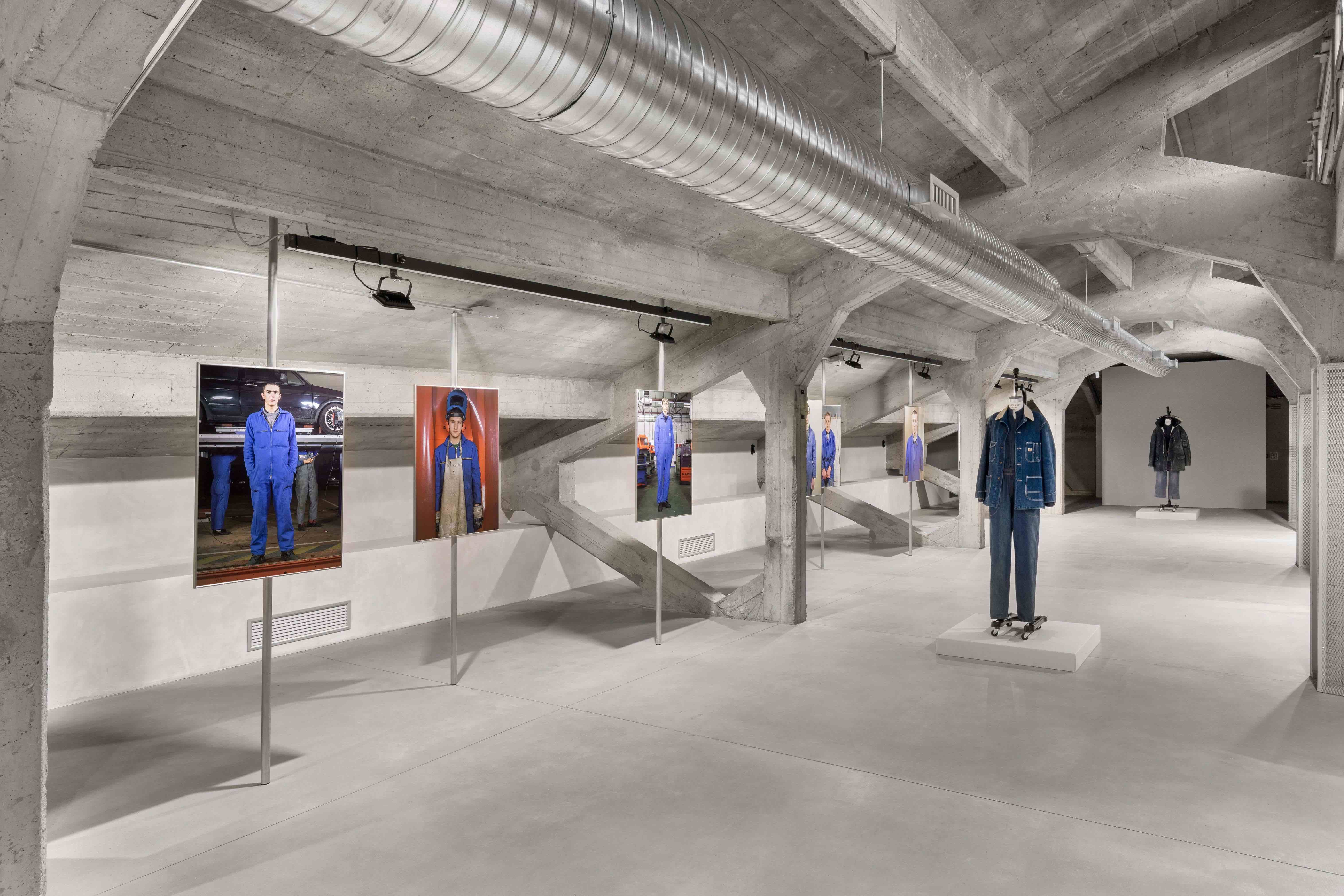
CKE: In the exhibition you currently have on view, you aim to transcend traditional fashion discourse. Can you explain what traditional fashion discourse means and what transcending it implies?
MG: Fashion is not democratic. And, considering fashion studies specifically, they’re becoming a very exclusive territory for a few privileged people. We have the honor to be a non-profit school that has 40 years of experience in education. We are also able to open the school to researchers and people who are interested in fashion. The future of Polimoda is a cultural hub that opens dialogues between interdisciplinary activities, such as art, movies, and fashion. That means that fashion discourse will become less isolated and more open.
The exhibition is on view from January 14 - February 15, 2025 at Polimoda, Florence.
Credits
- Text: CLAIRE KORON ELAT
Related Content
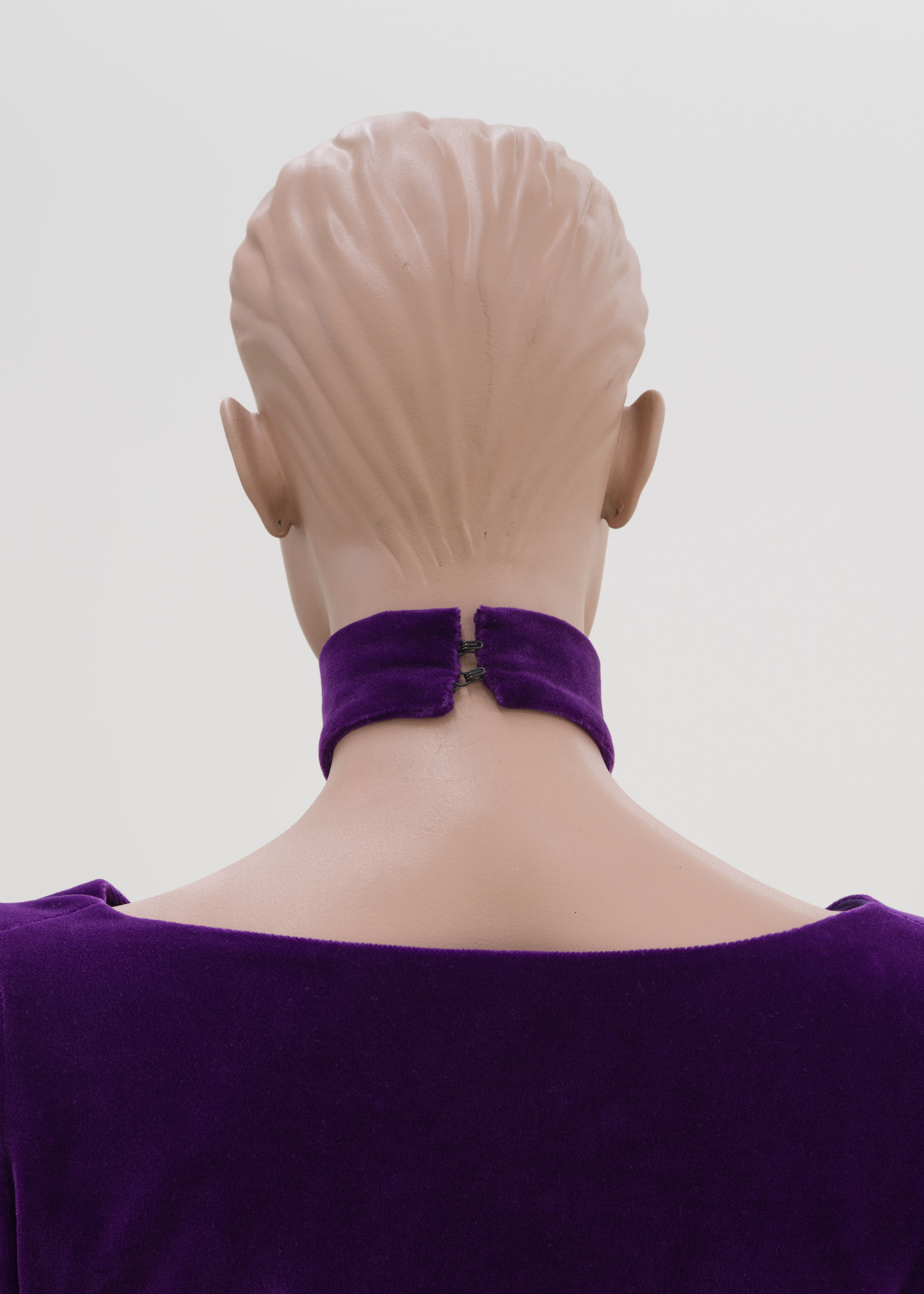
The Failed Desires Index: Tiny Skirts and Bigger Belts
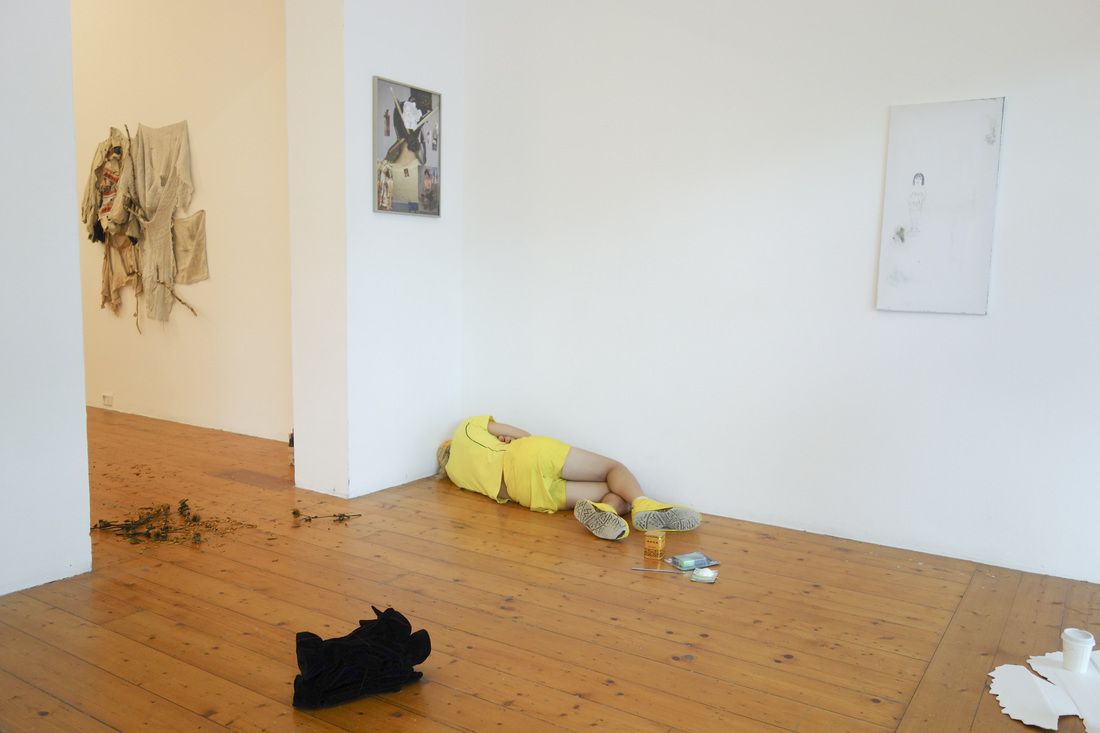
WALLET MAG’S SHAMANS of SPACE: Curator MATTHEW LINDE Combines the Boutique and the Club
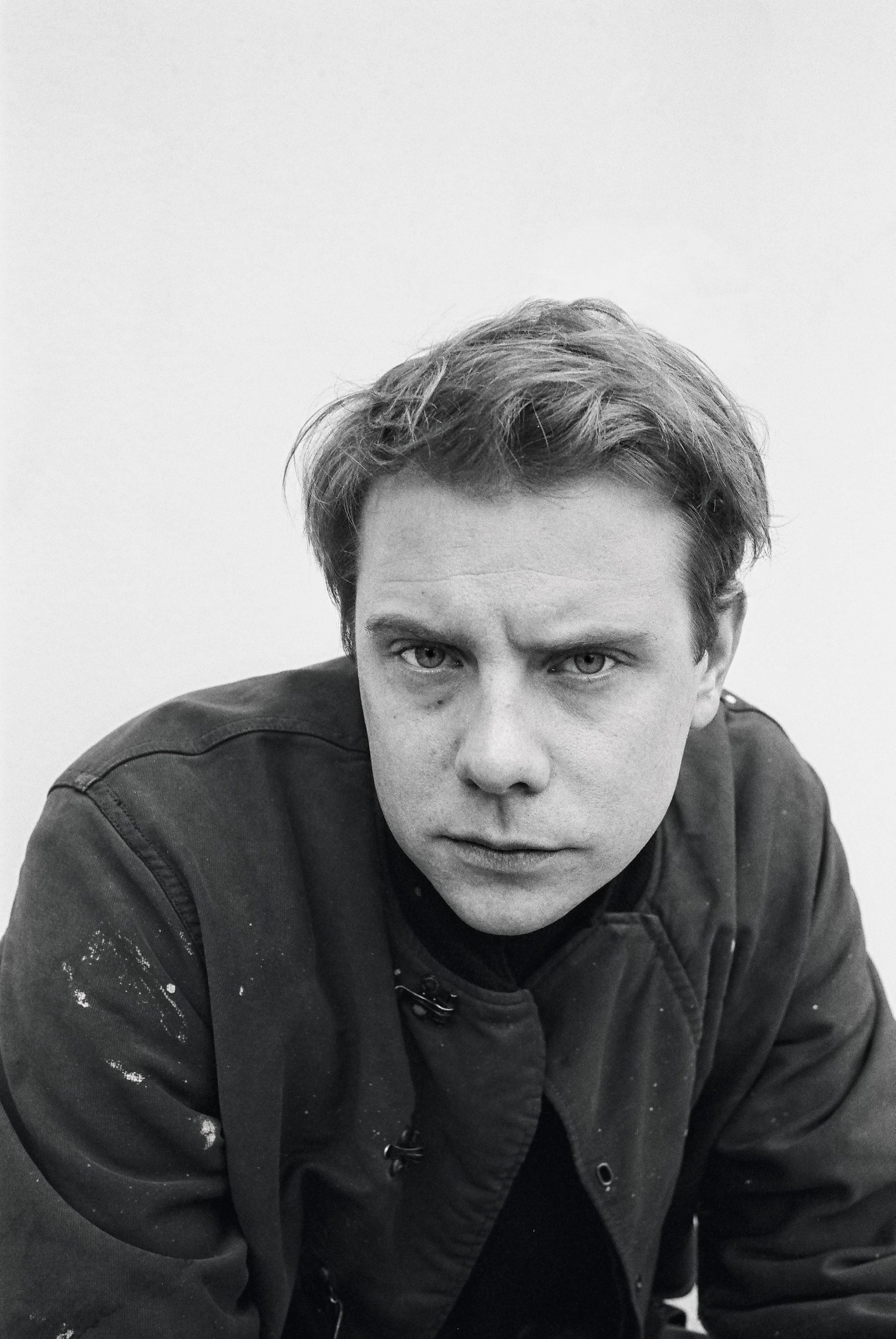
J.W. ANDERSON in HD: A Journey Towards the Essence of Neo-Capitalism
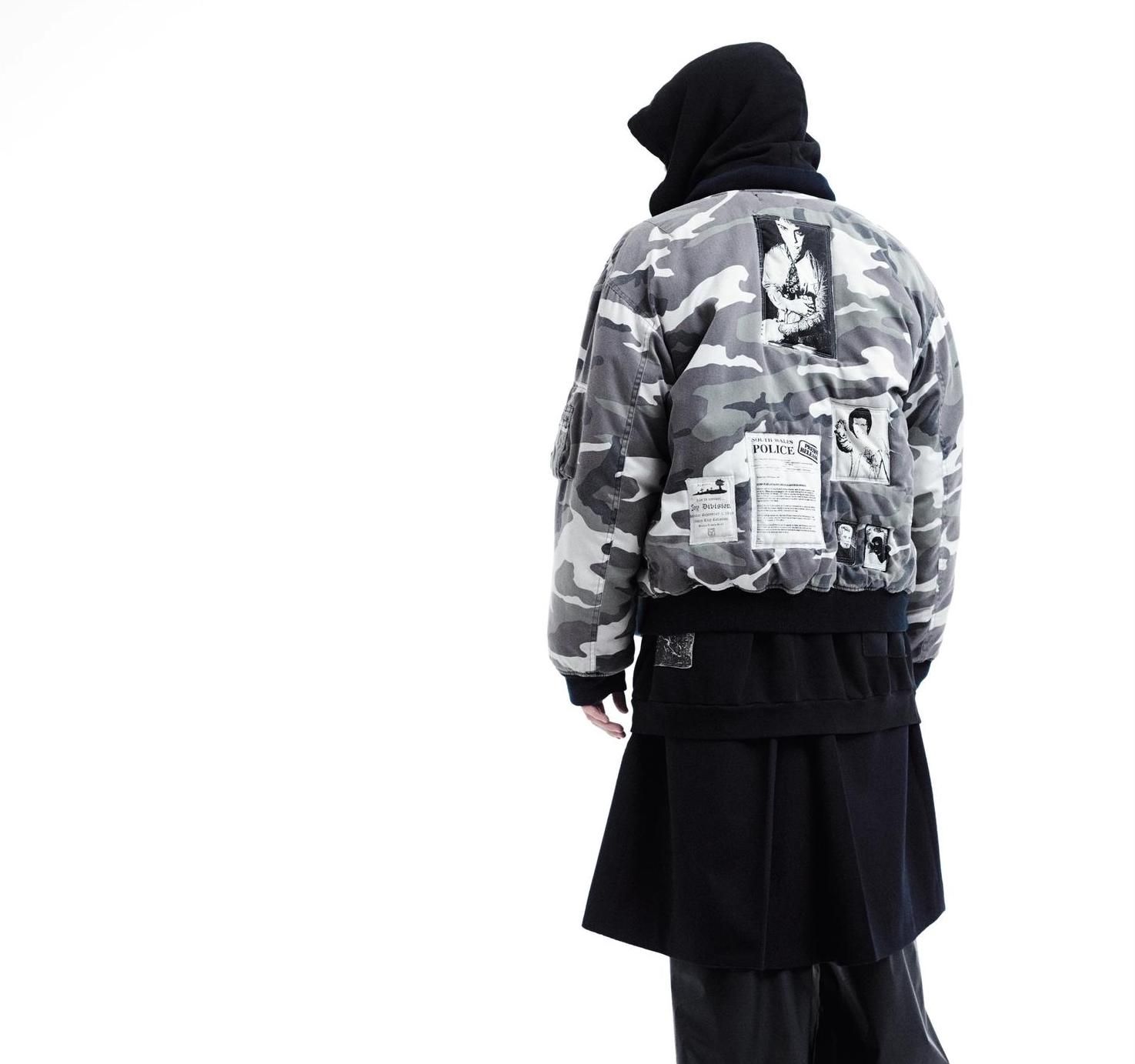
RAF SIMONS RETROSPECTIVE: 1995–2015

Dinner with Einstein, Partying with Salvatore Ferragamo
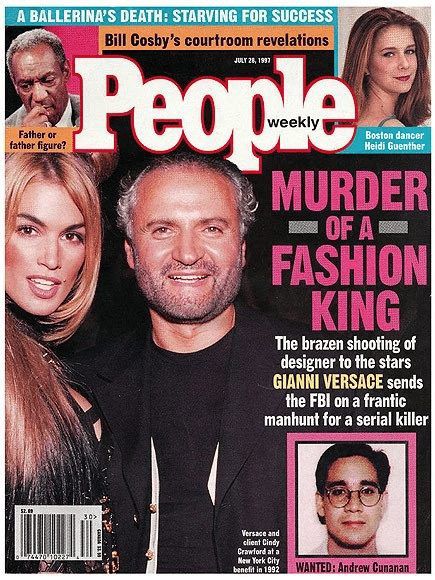
Three Month Fever: The Murder of GIANNI VERSACE
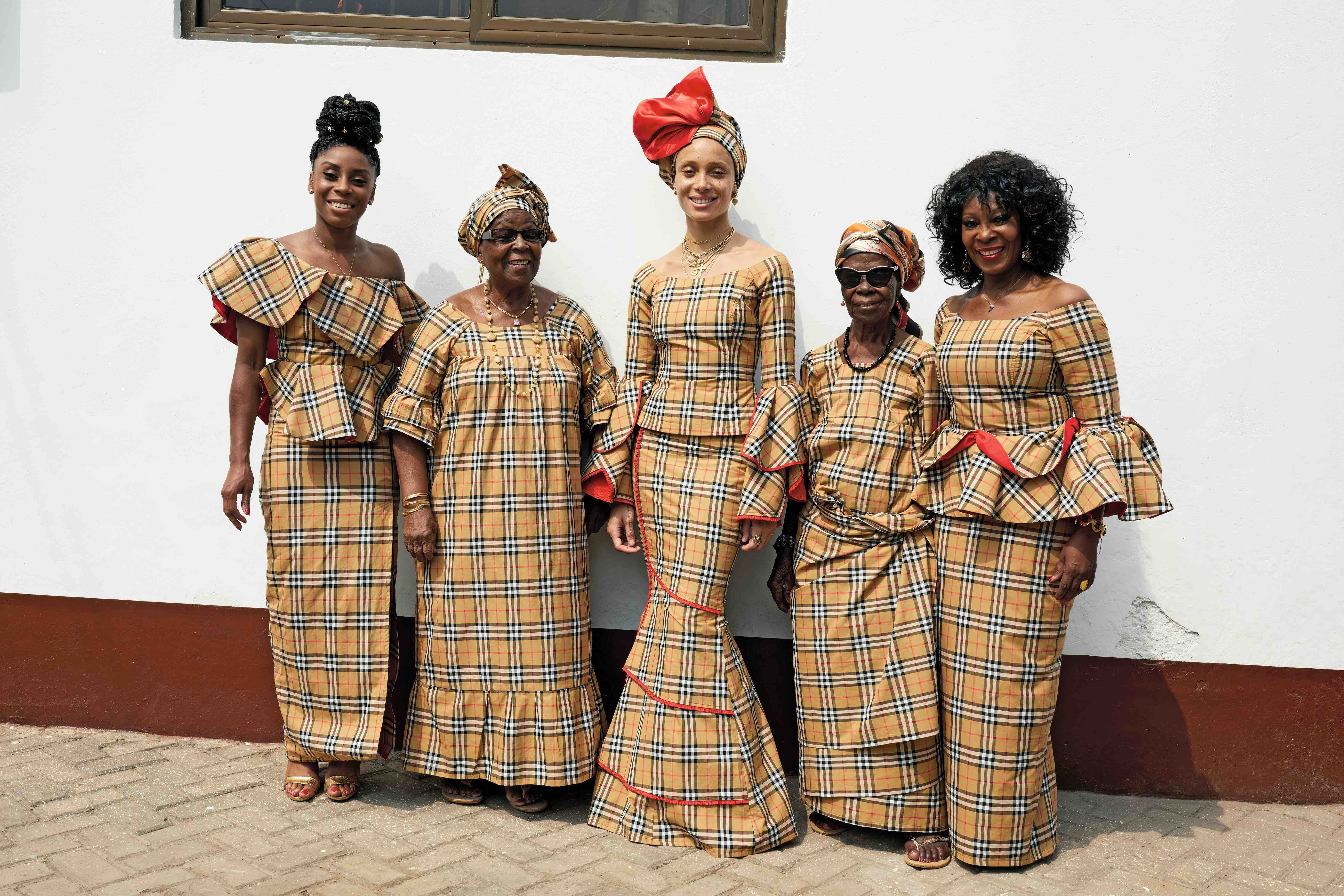
Burberry: Berlin Review
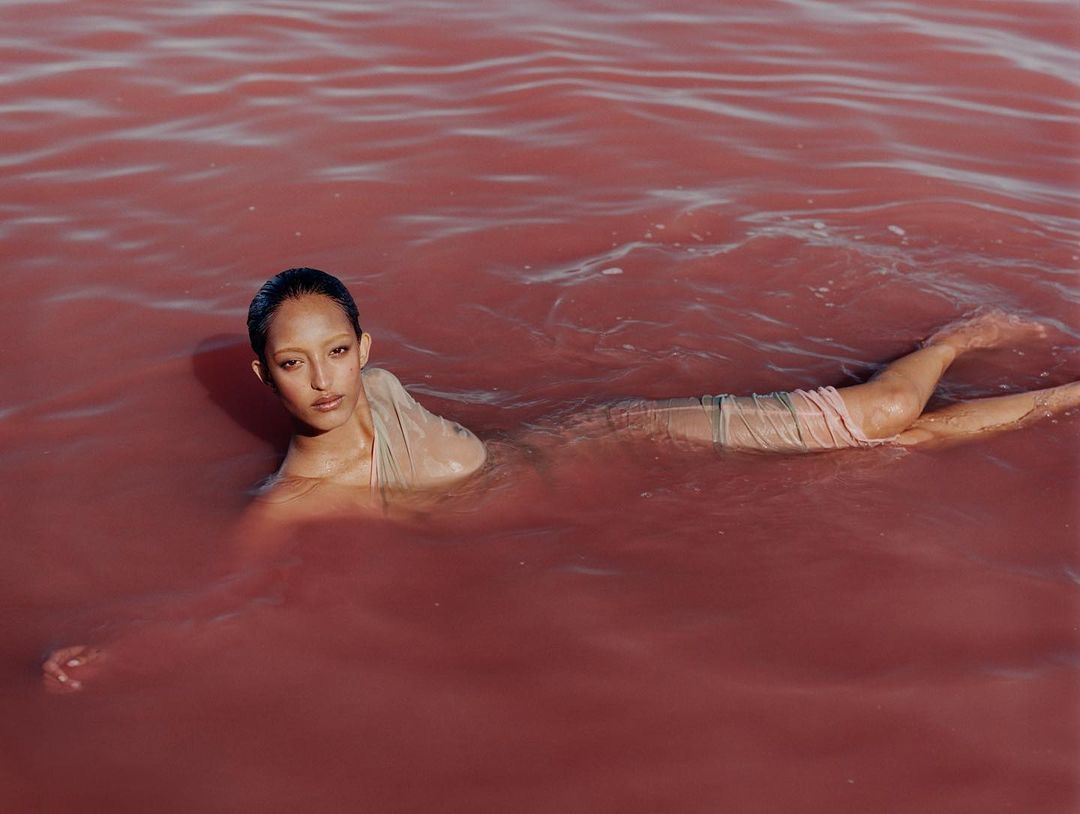
The Politics of Beauty: Tyler Mitchell
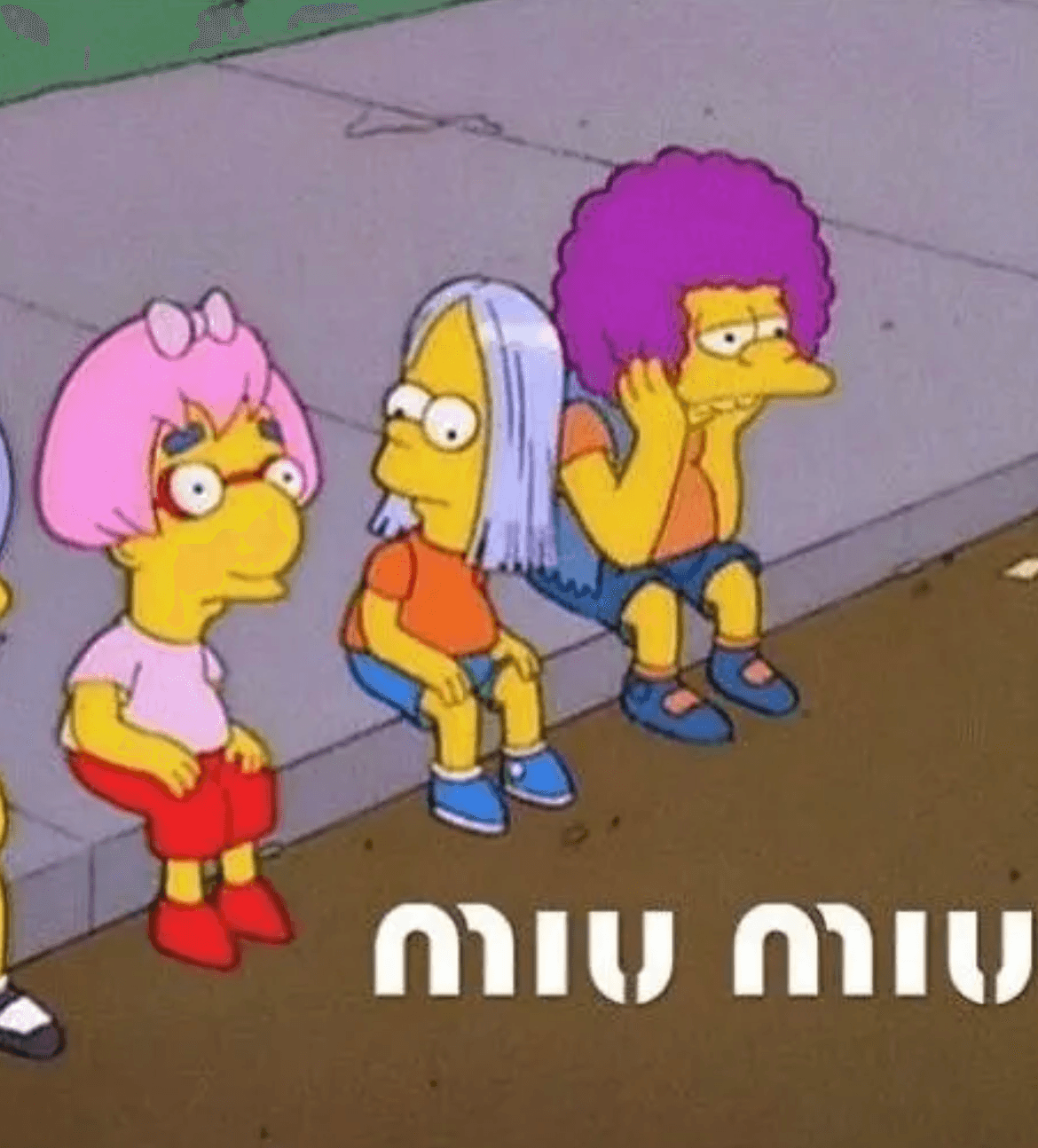
The Miu Miu Moment: Not a Girl. Not Yet a Woman
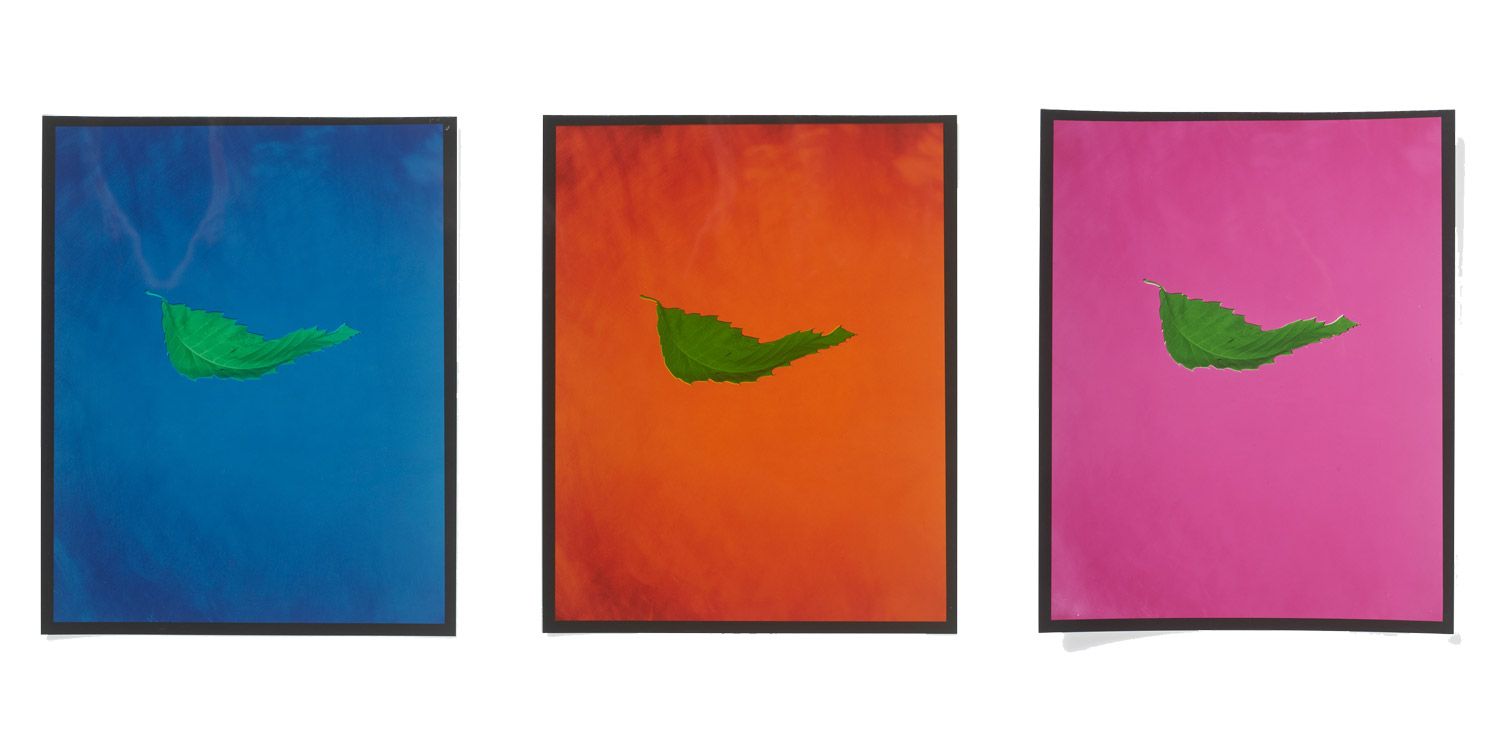
The Color Cult